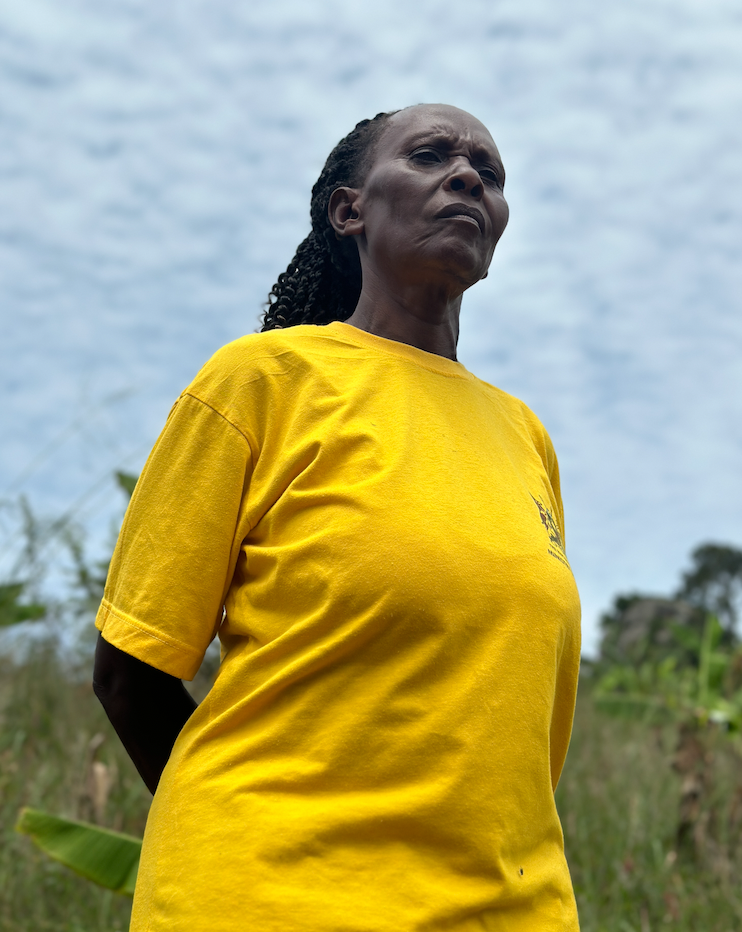
Today, our time with PACT took us to four final sites, each providing a look into the challenges and hopes of the communities we serve. Our day started with a meeting with Joshua, the Assistant Director of the Water Office of that district. Through PACT’s dedicated efforts, we’ve fostered a respectful relationship with Joshua, who acknowledges the critical role our organization plays in enhancing the district’s water accessibility. Remarkably, within just one year of Water to Thrive and PACT’s involvement, the percentage of people with access to water has risen from 45% to 48% in the district.
However, the path to achieving 100% access remains difficult, as Joshua candidly discussed. Challenges such as increased population, complex well design issues, geographical impediments, and the possibility of needed multi-million-dollar infrastructure projects loom large. While the journey towards 100% water accessibility lacks a firm roadmap, Joshua expressed pride in the positive trajectory we’ve initiated.

A PACT well just recently opened. This community now has clean water access!
Harsh Realities of Achieving 100% Water Access
As we traveled the very rugged roads leading to the remote and impoverished regions of Uganda, the harsh realities of daily life became clear. The “roads” themselves, more akin to glorified ruts carved out by runoff, wind wildly through terrain choked with overgrowth. The dwellings, if one could dignify them with such a term, stand as mere mud shacks, their dirt floors a testament to a very humble existence. Thatched roofs offer a modicum of respite from the sweltering heat, yet many lack even this basic amenity. The idea of sleeping on a mud floor, clad in the same clothing for weeks on end, is somewhat hard for me to fathom.
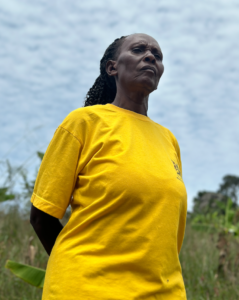
Strong community leaders, especially women leaders, are critically important to the improvement of rural living conditions in Uganda.
The Annual Income of Rural Families
During a conversation with our PACT host Morris, the question of annual income came up. Most residents eke out a living through subsistence farming, cultivating staples such as maize, sweet potatoes, beans, and pineapples. Yet, the current maize harvest faces a soft market due to oversupply. Despite hard work, a productive farmer may earn anywhere from 15 to 20 million Shillings annually ($3500 to $5000 USD). These villages rely on traveling vendors for essential provisions. This rural dynamic mirrors the experiences of my spinster great aunts—Bertha, Laverne, and Violet—whose lives on a Pennsylvania farm were punctuated by visits from the JT Jewell company, bearing supplies and provisions in the late 19th century.
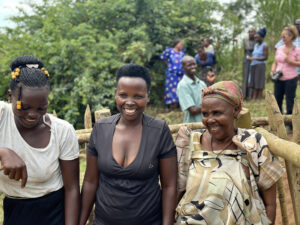
The lifestyle of these villages reminds me of my great Aunt’s who lived on a very rural farm in Pennsylvania a century ago.
Water plus Other Challenges
At our final stop, children clutching plastic water bottles filled with a murky liquid gathered to greet us. Dubbed “porridge,” this concoction of millet, maize flour, water, and assorted grains serves as a meager sustenance.
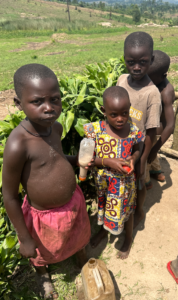
Children get nutrition from a weak “porridge” concoction.

Beautiful smiling faces now have access to clean water!
Beyond water scarcity, malnutrition and educational deficiencies pervade these communities. Providing water serves as the foundational step on the ladder towards a better life. It is in this context that Water to Thrive’s commitment to addressing the most fundamental human need—water—shines brightest. Through our sustainable model, we extend a hand up, not a handout, empowering communities to build a brighter future.

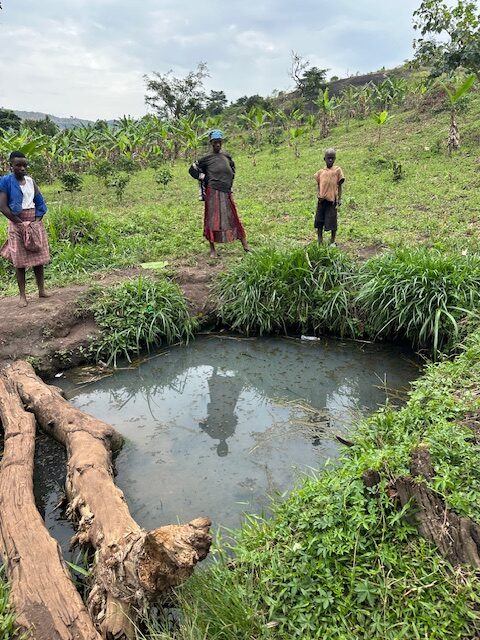
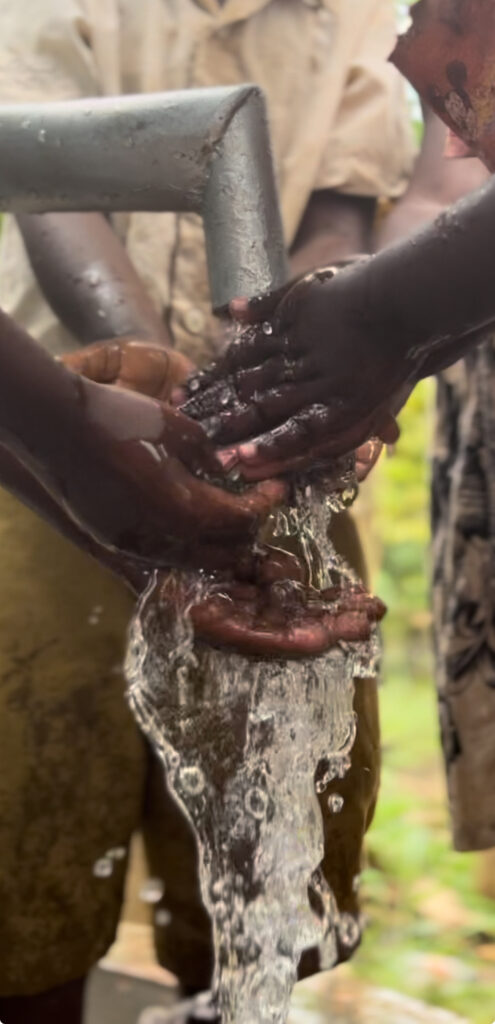
About The Author: Water to Thrive
More posts by Water to Thrive